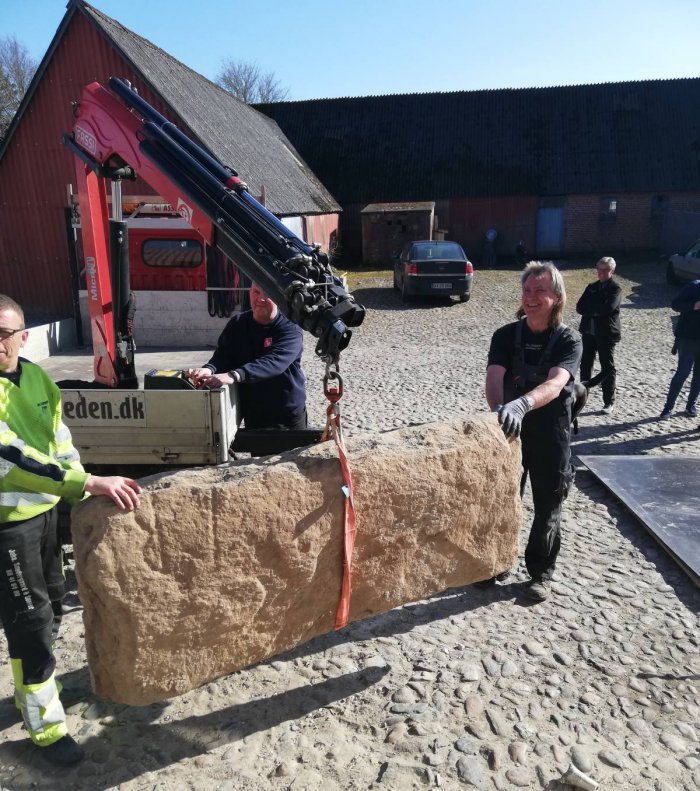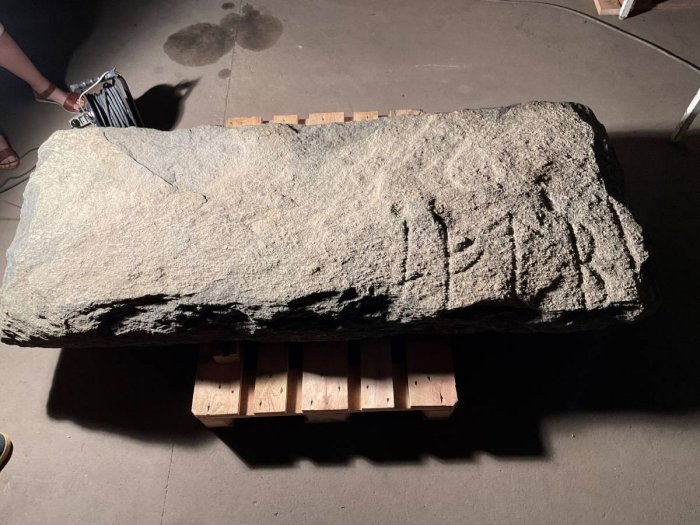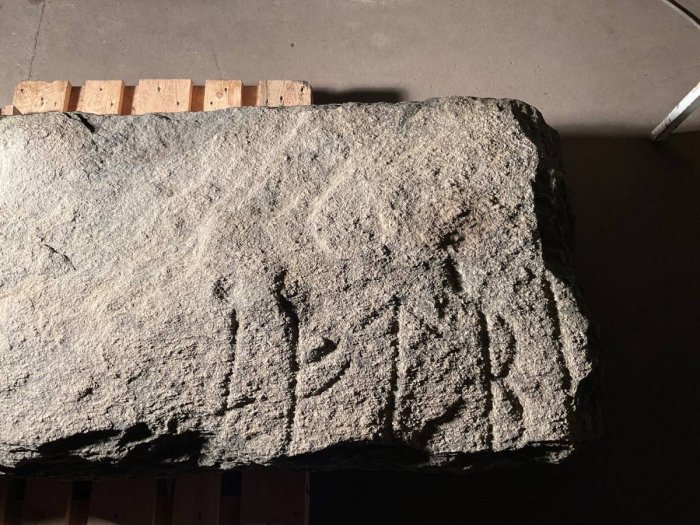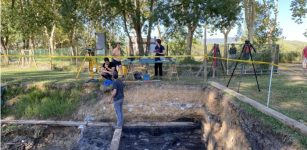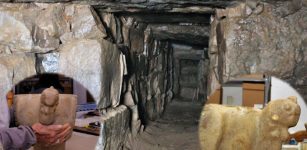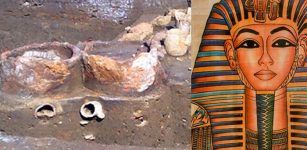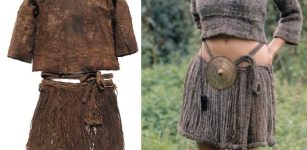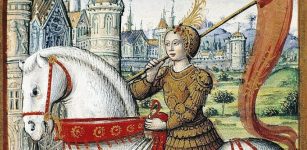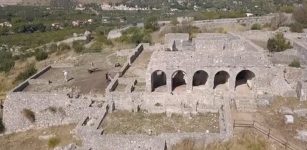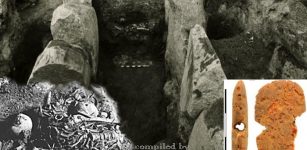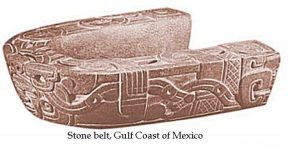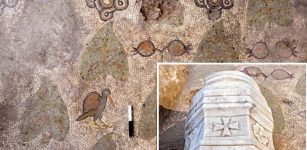Huge Rare Runestone Found Under The Kitchen Floor In Randers Investigated
Jan Bartek - AncientPages.com - A couple in Denmark found a huge runestone under the floor while renovating the kitchen in their house in the village Mosekær just outside the city of Randers. Experts are currently examining the rune stone, but there is no doubt it is a great historical and archaeological find that is referred to as the Mosekær stone (Mosekærstenen).
The large runestone was discovered during renovations of a kitchen in a house in Denmark. Photo credit:Lene Brandt
Discovered accidentally by Lene Brandt and her husband, Anders Nielsen, the Randers runestone is one of the oldest and rarest rune stones found to this date. As many 44 runestones have been found in the region around Randers, making this an area of particular interest to anyone interested in runes. The word "rune" comes from Old Norse and means "Secret knowledge and wisdom."
"There is a solid connection between runes and Norse mythology. The Vikings believed runes were created when their chief god Odin speared himself to the cosmic world tree, Yggdrasil, in hopes of receiving secret knowledge. The great Norse god, Odin himself, was regarded as the "Father of the Runes."
According to Norse mythology, Odin speared himself to a tree so that he could receive the knowledge of the script. Suspended for nine windy nights, he learned their mysteries, which he passed on to his people.
Runes played an essential part in the lives of the Vikings. Unfortunately, there are few remains of runic writing on paper from the Viking era. Nevertheless, thousands of stones with runic inscriptions have been found where Vikings lived." 1
In the Middle Ages, the Roman alphabet and runes lived side by side. According to a doctoral thesis, "Visuality and Literacy in the Medieval Epigraphy of Norway presented by Johan Bollaert, Senior Lecturer at the Department of Linguistics and Scandinavian Studies, runes were just as advanced as Roman alphabet writing.
"The oldest runic alphabet consisted of 24 characters, and each character represented a sound. There is a clear similarity with classical alphabets, and it is therefore assumed that those who created the runic alphabet knew about other alphabets—such as the Roman one, according to the Great Norwegian Encyclopedia (SNL)." 2
The 900-kilogram runestone is two meters long and 80 centimeters wide. The Nationalmuseet has declared it a treasure, and the next step is to determine the age of the stone. This can hopefully be done by examing the engraved runes and deciphering the inscription.
Five engraved runes are visible on the stone. Photo credit: The National Museum of Denmark
According to Runologist Lisbeth Imer of the National Museum in Copenhagen, there are five engraved runes that can be read as “aft bi,” translated to “after B.” If there were more runes is difficult to say because the stones is broken. Most likely, the runestone was erected in memory of an important person whose name starts with the letter B.
It is possible the runestone was erected in memory of someone whose name starts with a B. Photo credit: The National Museum of Denmark
Imer points out the Mosekær stone is special because "only around 10 to 20 rune stones from the 700-800s have been discovered in Denmark. There are approximately 200 known Viking Age rune stones scattered across the country, with the earliest dating back to the 700s and the latest to the 900s. The renowned Jelling Stones, for example, were erected around 965." 3
The Mosekær stone has been included in the National Museum's official collection and can eventually be exhibited at Museum Østjylland.
Currently, experts need a little more time to study the huge runestone and determine its age.
Written by Jan Bartek - AncientPages.com Staff Writer
Expand for references- Ellen Lloyd - Runes: Facts And History About Odin’s Secret Language - AncientPages.com
- Conny Waters - Runes Were Just As Advanced As Roman Alphabet Writing – New Study - AncientPages.com
- Skjalden - Rune stone found under a kitchen floor in Randers, Denmark. This is one of the oldest and rarest rune stones discovered to this date.
- The National Museum of Denmark

